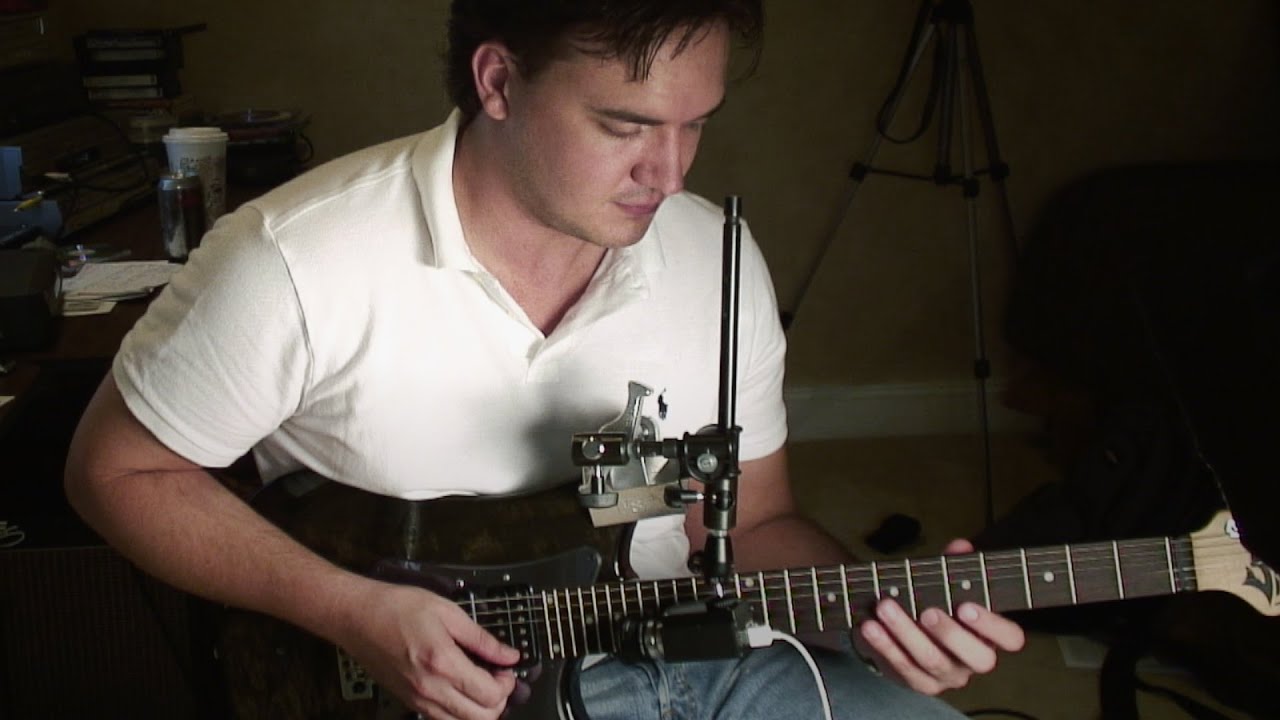How do you know “too much pick” is actually a problem for you? In all the Technique Critique posts we’ve seen here, I really can’t recall any where using too much pick on the string turned out to be the problem. My memory may be selective so feel free to correct me. But at the least, if we have seen this problem, it’s not super common.
Also, the thing with “choking up” doesn’t seem logical to me. Whatever level of choke you use, there has to be some gap between the fingers and the strings otherwise they’d constantly be scraping. Even players that use a “small-ish” amount of pick, like Andy Wood, still have an air gap that they have to memorize. Whether that gap is big or little, I’m not sure why that would matter.
No matter what, you always end up at a point where you have to learn by feel how to hit the string with the right attack every time. If there wasn’t a way to do this, players like Carl Miner or Chris Thile wouldn’t be able to play with that much pick sticking out.
As far as I can tell, the attack is simply a thing you learn to gauge just by the feel of resistance the pick has when it hits the string. There may be some other aspect that helps the memorization, like some other part of the guitar or bridge that people touch. Or there may be more than one way to to do this. It may simply be that having any part of the hand or arm touching the guitar at all is enough reference to learn the correct attack over time.



